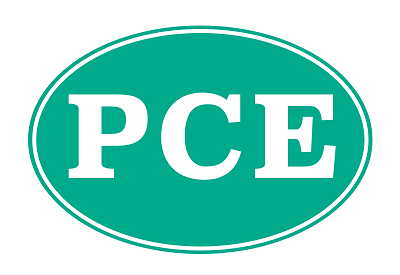
Date posted: 7th Jul 2021
For personal and family companies, a tax efficient strategy for extracting profits is to take a small salary and to extract any further funds needed in the form of dividends.
However, while there are no restrictions on taking a salary if the company is making a loss, the same is not true of dividends.
Are there enough retained profits?
Dividends can only be paid out of retained profits (i.e. profits left in the business after corporation tax has been paid).
However, if a company makes a loss for a particular year, this does not necessarily preclude the payment of a dividend, as long as the company had retained profits at the start of the year and the loss has not completely eliminated those profits.
Example
Harry runs a personal company Kane Ltd. He prepares accounts to 31 July each year. At 1 August 2020, he had retained profits of £20,000. He expects to make a loss for the year to 31 July 2021 of £5,000. He will have retained profits available (after taking account of the predicted loss) of £15,000 from which to pay dividends.
Plan ahead
If Harry needs funds outside the business and is unsure with respect to future company profitability, it may be worthwhile taking dividends while there are retained profits available.
Using the figures in the above example, assuming that Harry has cash available, he may wish to extract all his retained profits as a dividend while he can to benefit from the more favourable tax treatment of dividends. If he makes further losses, his remaining profits may be eliminated, removing the option of taking a dividend.
The dividend will be tax-free to the extent to which it is covered by the dividend allowance (set at £2,000 for 2021/22) and any unused personal allowance. Thereafter, dividends (treated as the top slice of income) are taxed at 7.5% to the extent to which they fall in the basic rate band, at 32.5% to the extent to which they fall in the higher rate band and at 38.1% if they fall in the additional rate band. There is no national insurance on dividends.
It is prudent to prepare management accounts to show that the company had retained profits at the time at which the dividend was paid, in case of a challenge by HMRC.
No retained profits
In the absence of retained profits, it is not possible to pay a dividend; any payment made that is classed as a dividend, will be made illegally and may be challenged by HMRC. HMRC could possibly look to reclassify the monies as salary, with higher income tax and national insurance charges. Alternatively, HMRC could decree that the monies are a loan, which could lead to a myriad of tax issues, such as corporate tax charges, employer national insurance and personal tax charges.
However, if the company is loss making, but funds are need to meet personal liabilities, it is possible to pay a higher salary or a bonus, even where this increases the amount of the loss. The salary or bonus payment and any associated employer’s national insurance, can be deducted in working out the taxable loss, which may be carried back (as far as three years) to generate a repayment of corporation tax.
Of course, if your company is undertaking R&D activities, then the payment of salary, could help increase the R&D tax relief claim.
Finally, the other point to mention is that if a “dividend” is paid, when there are no profits and the company struggles and enters insolvency procedures, the liquidator could seek to recover the “dividend” from the shareholder, to pay creditors.
If you wish to discuss any aspect of the article, please give our tax team a call.



